Membrane Transporter/Ion Channel
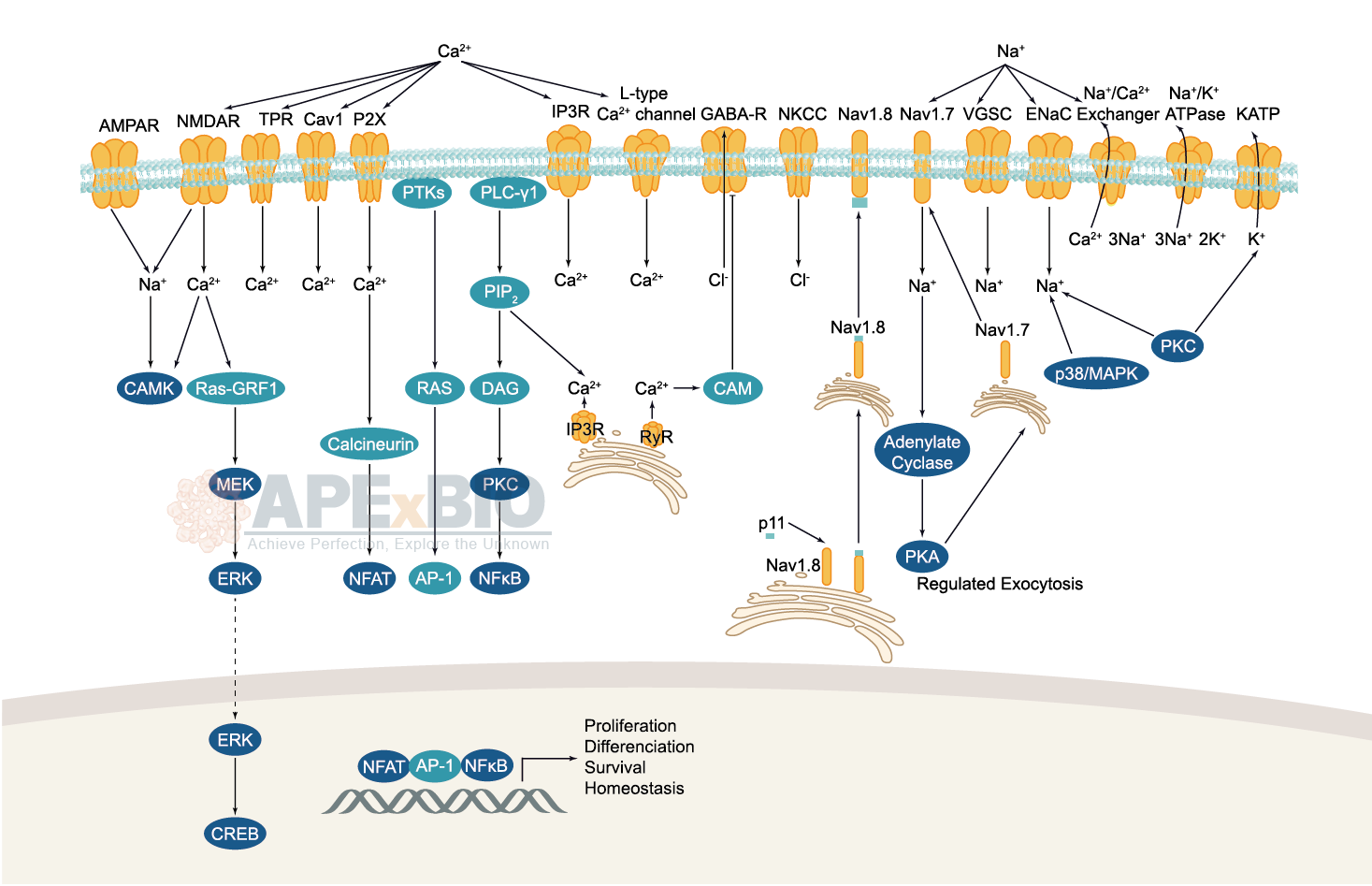
Ion channels are pore-forming membrane proteins which allow the flow of ions across the membrane. The ion channels can be broadly grouped into six families including calcium channels, chloride channels, potassium channels, sodium channels, gap junction proteins and porins. Not all ion channels are gated, such as certain type of K+ and Cl– channels, transient receptor potential superfamily of cation channels, the ryanodine receptors and the IP3 receptors, but most Na+, K+, Ca2+ and some Cl– channels are all gated by voltage. Ligand-gated channels are regulated in response to ligand binding (e.g. neurotransmitters signaling). These ligand-gated neurotransmitter receptors are known as ionotropic receptors. Various neurotransmitters couple to ionotropic receptors such as glutamate, acetylcholine, glycine, GABA, and serotonin.
-
 B6254 (RS)-(Tetrazol-5-yl)glycineSummary: NMDA receptor agonist
B6254 (RS)-(Tetrazol-5-yl)glycineSummary: NMDA receptor agonist -
 B6257 (R)-4-CarboxyphenylglycineSummary: NMDA receptor antagonist
B6257 (R)-4-CarboxyphenylglycineSummary: NMDA receptor antagonist -
 B6263 L-CCG-lllSummary: inhibitor of both glial and neuronal uptake of glutamate, aspartate and cysteate.
B6263 L-CCG-lllSummary: inhibitor of both glial and neuronal uptake of glutamate, aspartate and cysteate. -
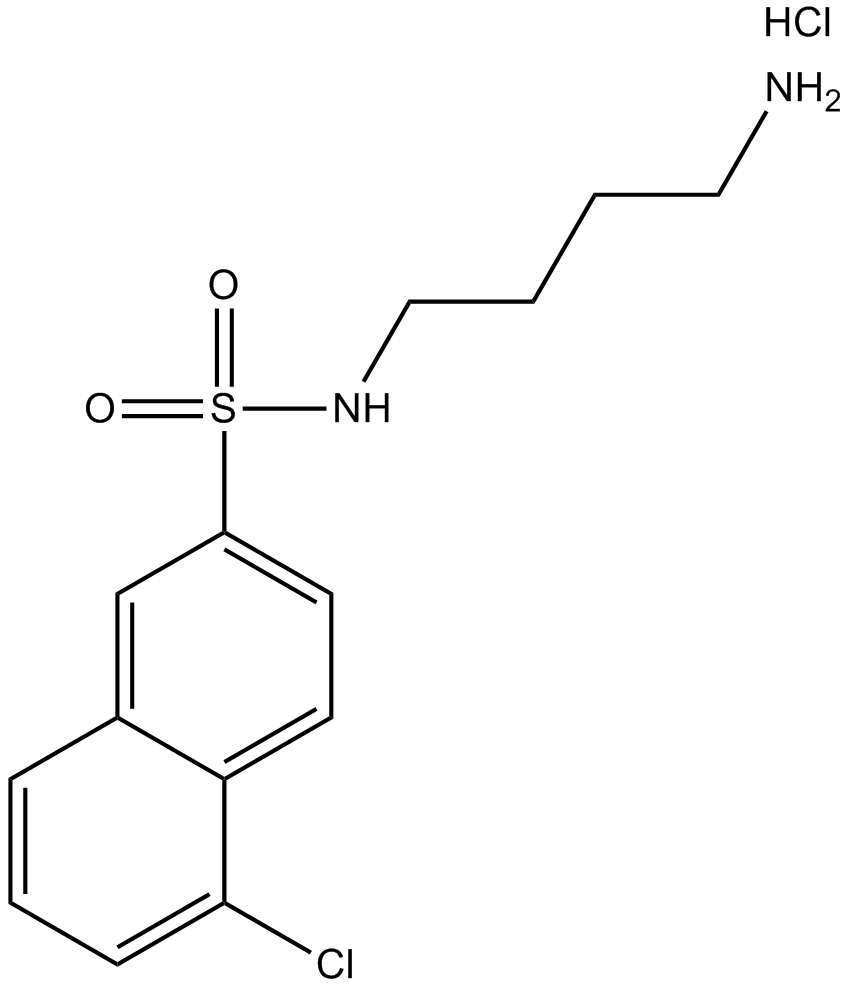 B6276 W-13 hydrochlorideSummary: calmodulin antagonist
B6276 W-13 hydrochlorideSummary: calmodulin antagonist -
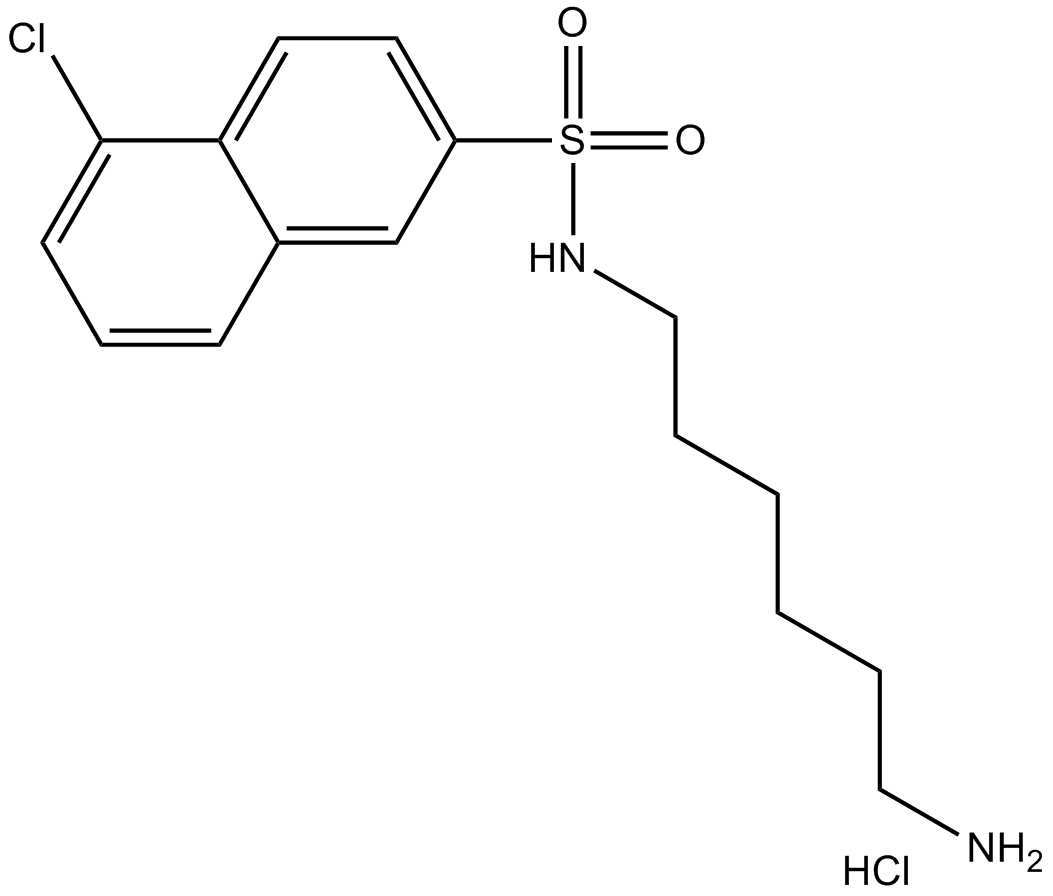 B6279 W-9 hydrochlorideSummary: calmodulin antagonist
B6279 W-9 hydrochlorideSummary: calmodulin antagonist -
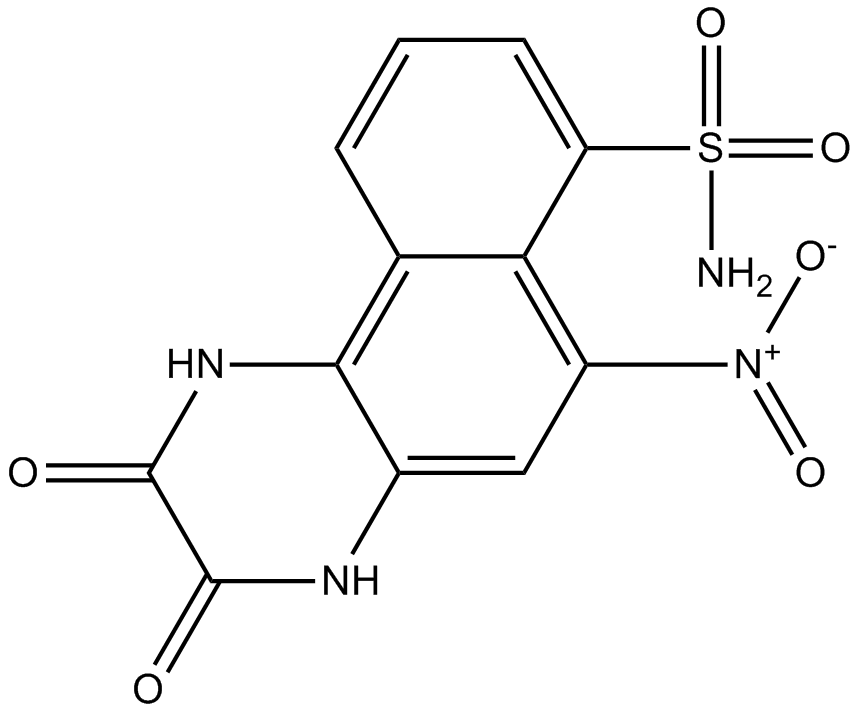 B6280 NBQXSummary: AMPA receptor antagonist
B6280 NBQXSummary: AMPA receptor antagonist -
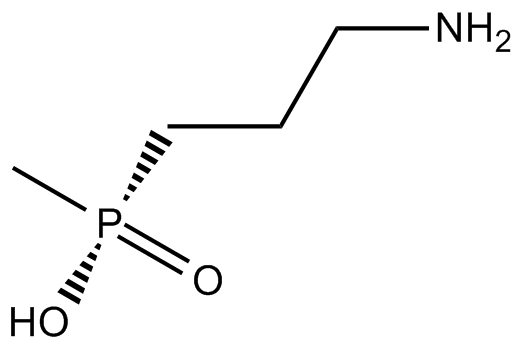 B6282 SKF 97541Summary: GABAB agonist
B6282 SKF 97541Summary: GABAB agonist -
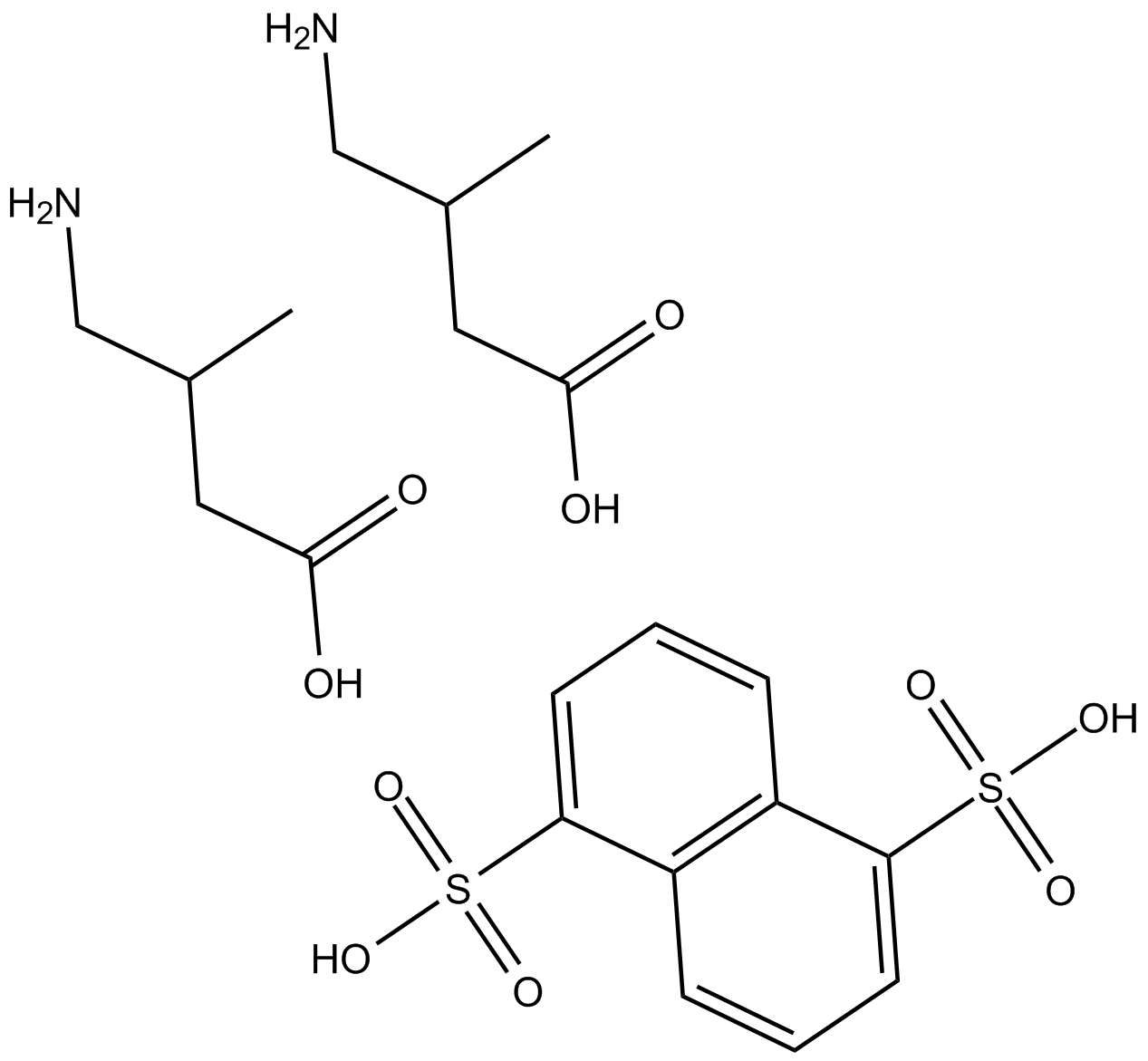 B6285 3-Methyl-GABASummary: GABA aminotransferase activator
B6285 3-Methyl-GABASummary: GABA aminotransferase activator -
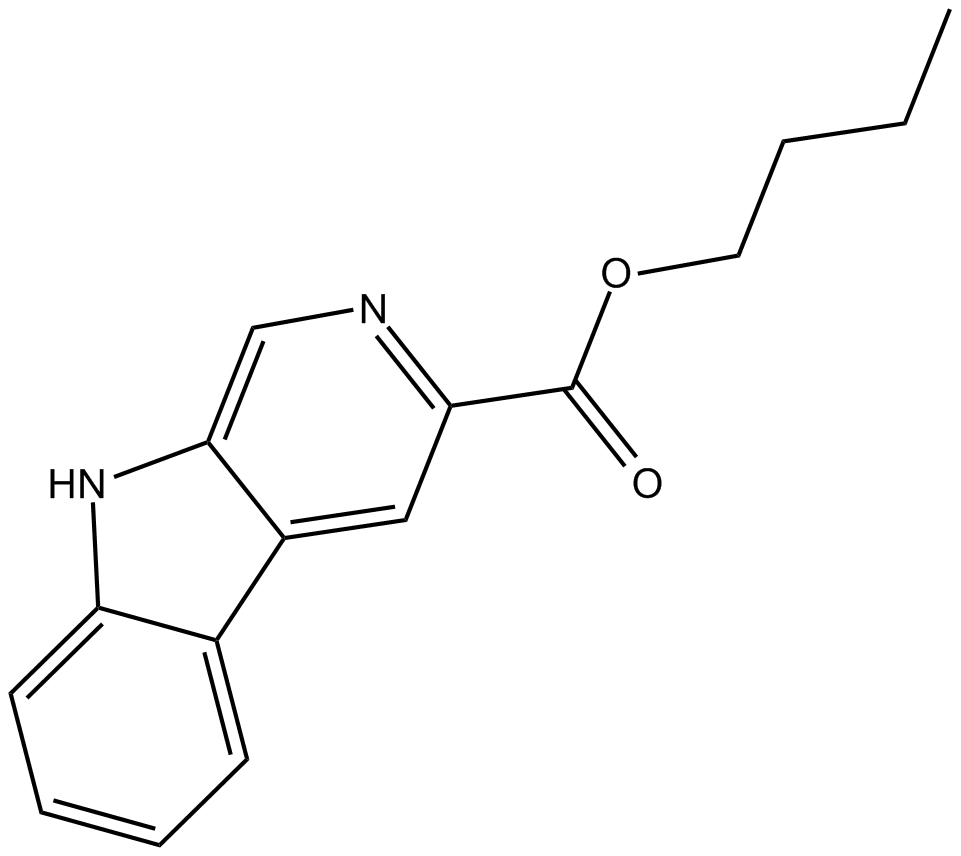 B6291 β-CCBSummary: benzodiazepine receptor ligand
B6291 β-CCBSummary: benzodiazepine receptor ligand -
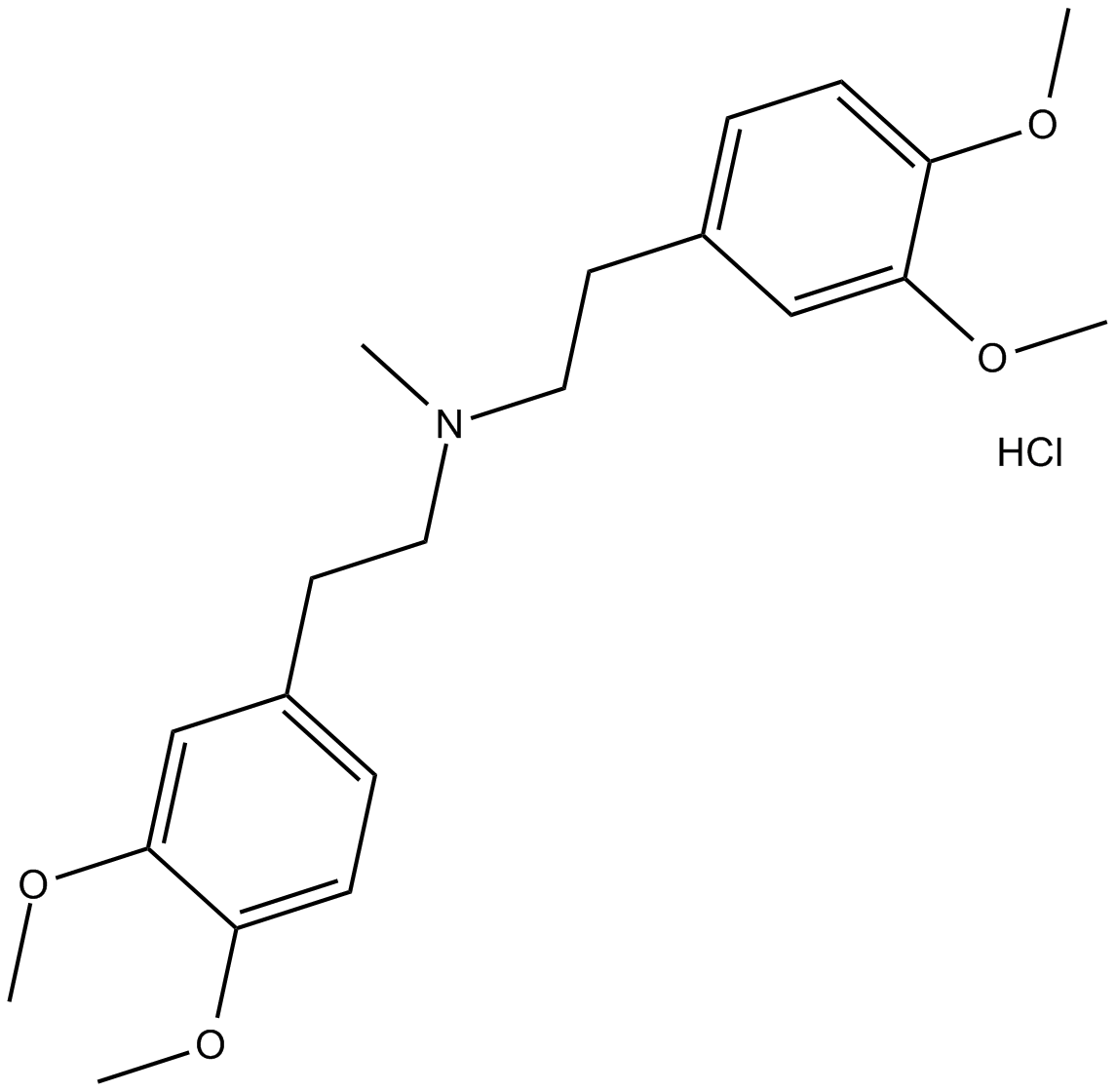 B6295 YS-035 hydrochlorideSummary: inhibitor of outward K+ currents
B6295 YS-035 hydrochlorideSummary: inhibitor of outward K+ currents

